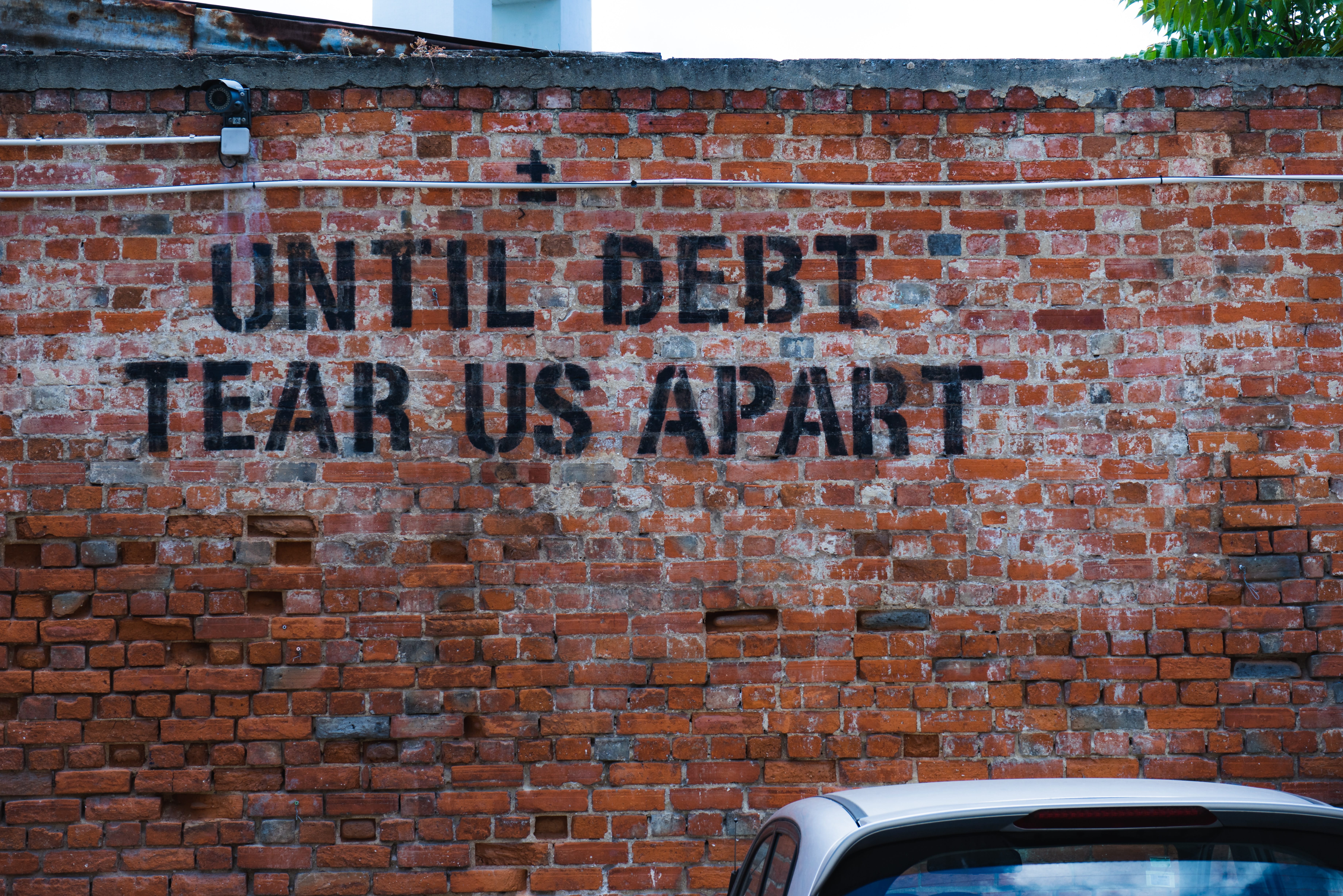A Chapter 13 bankruptcy in California can provide a lifeline to those who are needing debt relief.
You may be wondering whether filing bankruptcy through a Chapter 7 or Chapter 13 bankruptcy in California would help relieve your debt. Filing Chapter 13 is a big decision. You are committing to a bankruptcy repayment plan that could last 3 or 5 years.
This is why understanding the bankruptcy differences and understanding your Chapter 13 plan payment in California is crucial to making the most informed decision.
Chapter 13 Bankruptcy vs. Chapter 7 Bankruptcy California
The most common consumer bankruptcy types in the United states are the Chapter 7 and Chapter 13 bankruptcy.
Chapter 7 Bankruptcy
A Chapter 7 bankruptcy in California is generally referred to as “straight bankruptcy” or “liquidation bankruptcy“. In this bankruptcy, you would not have a repayment plan. However, your assets could be sold to repay your unsecured debts. These assets could be sold if you have substantial equity in the assets above the allowed bankruptcy exemptions. A bankruptcy exemption protects a certain amount of equity in an asset.
To understand whether you qualify for a Chapter 7 bankruptcy, there is means-testing.
Chapter 13 Bankruptcy
A Chapter 13 bankruptcy in California is a repayment plan bankruptcy. You repay a portion of your unsecured debts over a three to the five-year bankruptcy plan, unless it’s a 100% plan.
You can keep your assets and get rid of debts that would not go away in a Chapter 7 case by filing under Chapter 13. However, you must have a steady source of income to qualify for a bankruptcy discharge (forgiveness of debt) under Chapter 13.
You are also subject to the bankruptcy court during the bankruptcy plan, so you cannot sell assets or incur debt without court approval. Let’s look a little more closely at Chapter 13 bankruptcy in California.
Calculating your Chapter 13 Bankruptcy Payments in California
Calculating a Chapter 13 plan can be complicated. Your Chapter 13 plan payment in California depends on your personal financial situation. As such, you may consider using a Chapter 13 bankruptcy payment calculator to estimate your Chapter 13 plan payment.
Let’s discuss some factors that make up your Chapter 13 payment plan.
First, there are your assets, so if you have assets that have a large amount of non-exempt equity, your payment may be higher.
Second, disposable income can affect your Chapter 13 plan payment. If you have more disposable income, your payment could be higher.
Third, the types of debts you have could affect your payment plan such as aliminoy, child support and administrative costs.
Next, some recent Chapter 13 transactions may impact your plan payment. Please note that the cost to file bankruptcy in California is $338 for a Chapter 7 bankruptcy and $313 for a Chapter 13 bankruptcy, but that does not include attorney fees.
California Bankruptcy Exemptions
California bankruptcy exemptions allow debtors to keep their property when filing for bankruptcy relief. The exemptions protect net equity (value of assets after deducting liens) in property from the court and your creditors.
Some states allow debtors to choose between federal and state bankruptcy exemptions. Debtors in California must use California bankruptcy exemptions. However, there are two sets of California bankruptcy exemptions to choose from when filing Chapter 13. You must choose one or the other. A careful analysis of each set of exemptions is required to determine which set offers the best protection for property in bankruptcy.
Furthermore, California’s bankruptcy exemptions can be found in California’s Code of Civil Procedure §703 and §704. The bankruptcy exemptions in California are adjusted periodically. You should check with the bankruptcy court or a bankruptcy attorney for the most recent figures.
In a Chapter 13 bankruptcy case, net equity in the property can impact your bankruptcy plan payment. Therefore, claiming the correct bankruptcy exemptions helps reduce the amount of your California Chapter 13 plan payment.
Where are California Bankruptcy Courts Located?
California is a large state, so it has four bankruptcy districts. The Bankruptcy Districts for California are:
- Central District of California (Divisions – Los Angeles, Santa Ana, San Fernando Valley, Riverside, & Northern)
- Eastern District of California (Divisions – Modesto, Fresno, and Sacramento)
- Northern District of California (Santa Rosa, Oakland, San Jose, and San Francisco)
- Southern District of California (no separate divisions)
For example, within each district, you may have multiple divisions. The divisions are listed beside each of the above districts. Each division serves various counties within that division. The county in which you reside when you file a Chapter 13 case determines the district and division that handles your case.
Who are the California Chapter 13 Bankruptcy Trustees?
California has 13 standing Chapter 13 trustees. Each trustee is assigned to cases based on the district and division for the case.
A Chapter 13 trustee administers your Chapter 13 case. The trustee reviews your bankruptcy forms and bankruptcy plan. The Chapter 13 trustee is responsible for receiving your bankruptcy payments and paying your creditors according to the terms in your confirmed Chapter 13 plan.
The current list of Chapter 13 trustees in California can be found on the United States Trustee website.
Do I Have Alternatives to Filing Chapter 13 in California?

Yes, you could have several alternatives to filing Chapter 13 in California. You might also want to consider a debt consolidation loan or other debt settlement options. The key is to explore all debt-relief options, weigh the pros and cons of each option, and choose an option that works best for you.
Chapter 7 Bankruptcy
One of the most popular debt relief options is the Chapter 7 bankruptcy as it is often the cheapest and fastest form of debt relief.
That said, you generally have to qualify for the Chapter 7 bankruptcy by being under the bankruptcy income limits.
California Debt Relief
Debt relief is a common alternative to Chapter 13 bankruptcy, because it’s also a payment plan based repayment plan. That said, you don’t get the protection from creditors that you do in a Chapter 13 bankruptcy.
With debt relief, a company or you would be negotiating the amounts that are owed on your debt. So, a company may negotiate your debt from $10,000 to $5,000 than charge its fees.
There are such companies as California Debt Relief that help individuals with debt relief. That said, it can be helpful to look at the California debt relief reviews as it does appear that they will potentially refer you to another debt relief company.
Debt Management
With debt management, a nonprofit credit counseling agency would negotiate your interest rates. So, a credit counseling agency may negotiate your interest rates from 22% to 7%.
That said, you may not save as much in a debt management plan vs a debt settlement plan because an interest rate reduction may not benefit you as much as a balance reduction.
Summary
A Chapter 13 bankruptcy in California can provide a lifeline to those who are needing debt relief. It can be helpful to those who do not qualify for Chapter 7 bankruptcy or do not wish to pursue Chapter 7 bankruptcy.
That said, debt settlement or debt management may be cheaper than Chapter 13 bankruptcy, so it’s helpful to consider all your options.


Join the conversation!